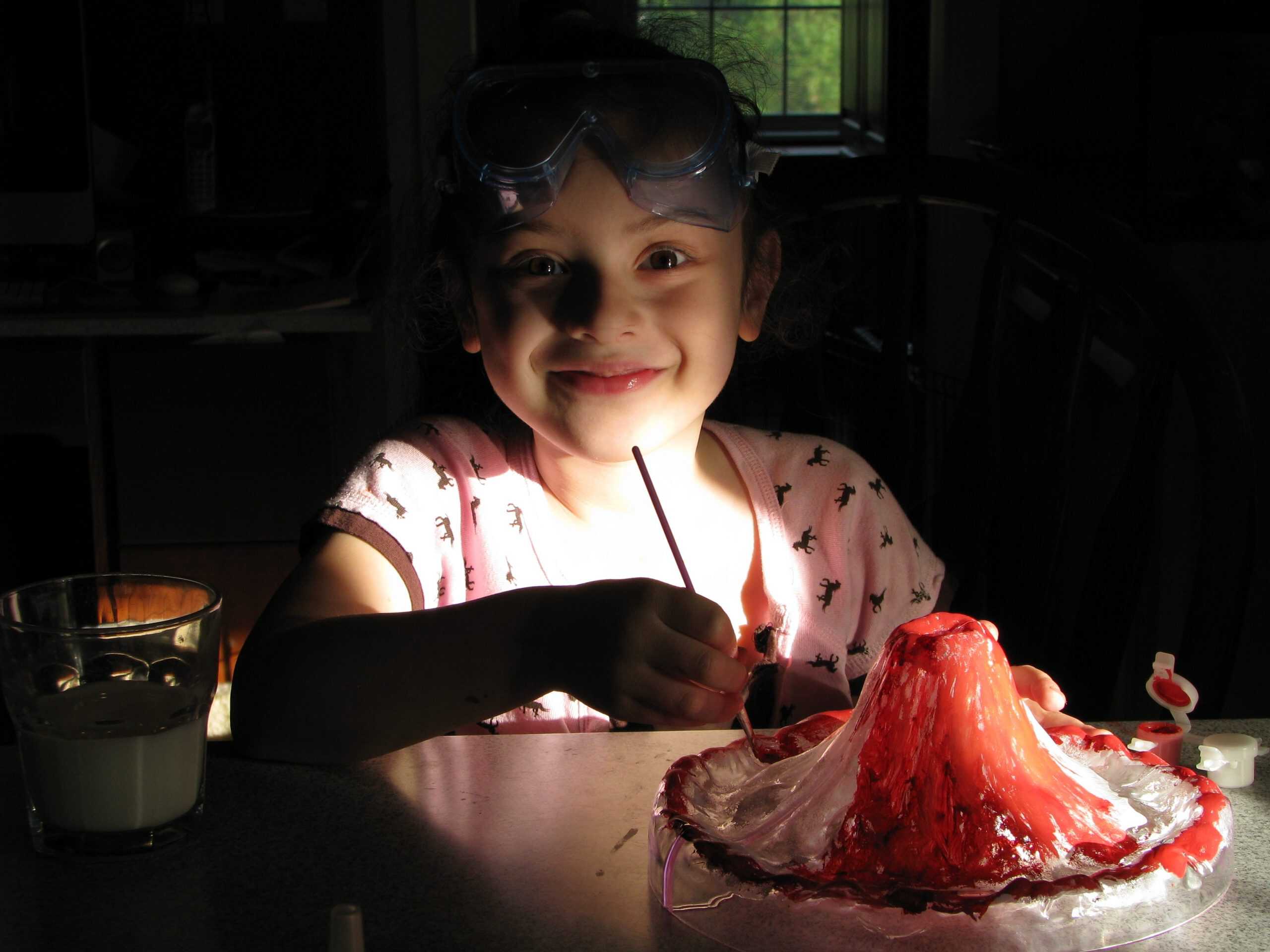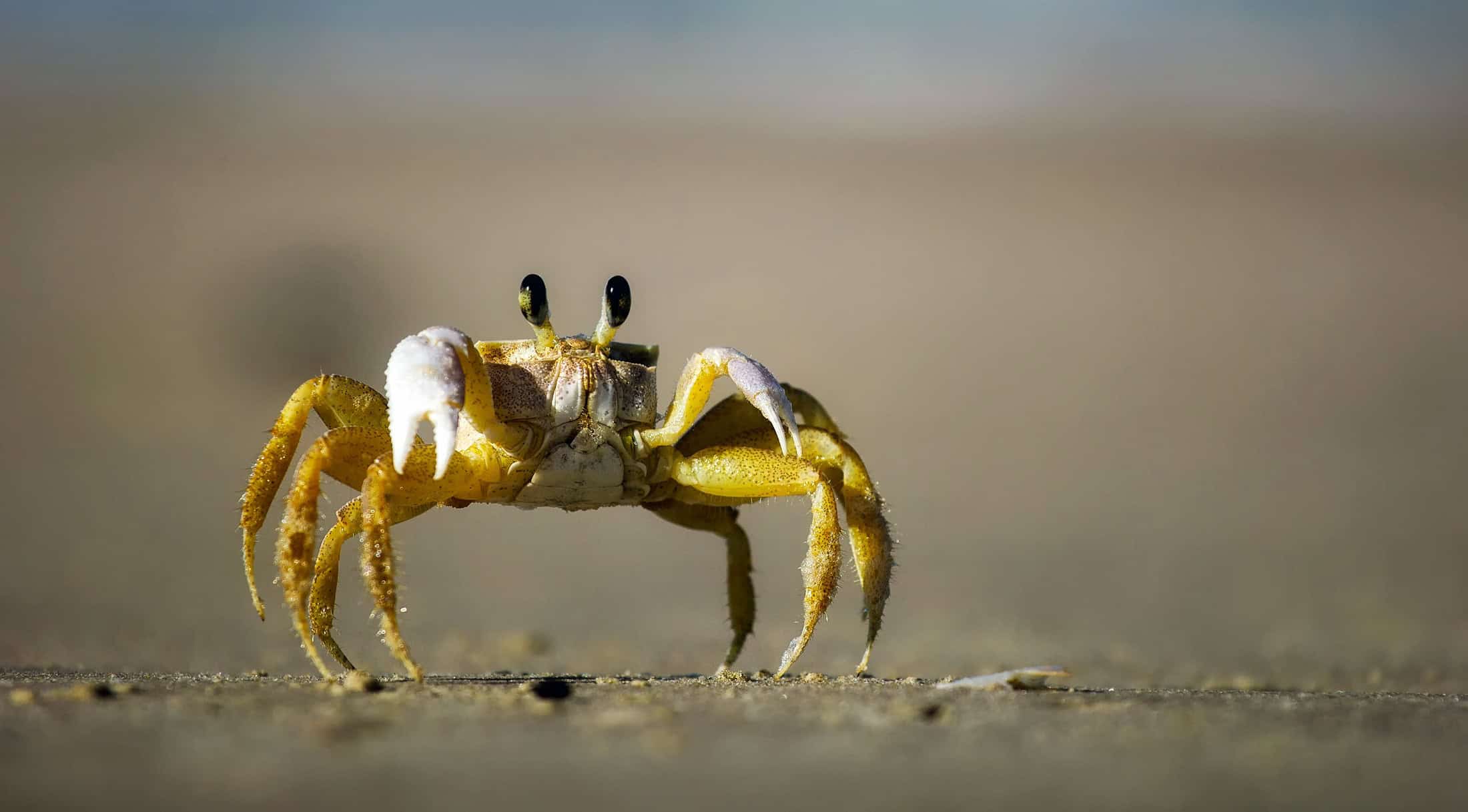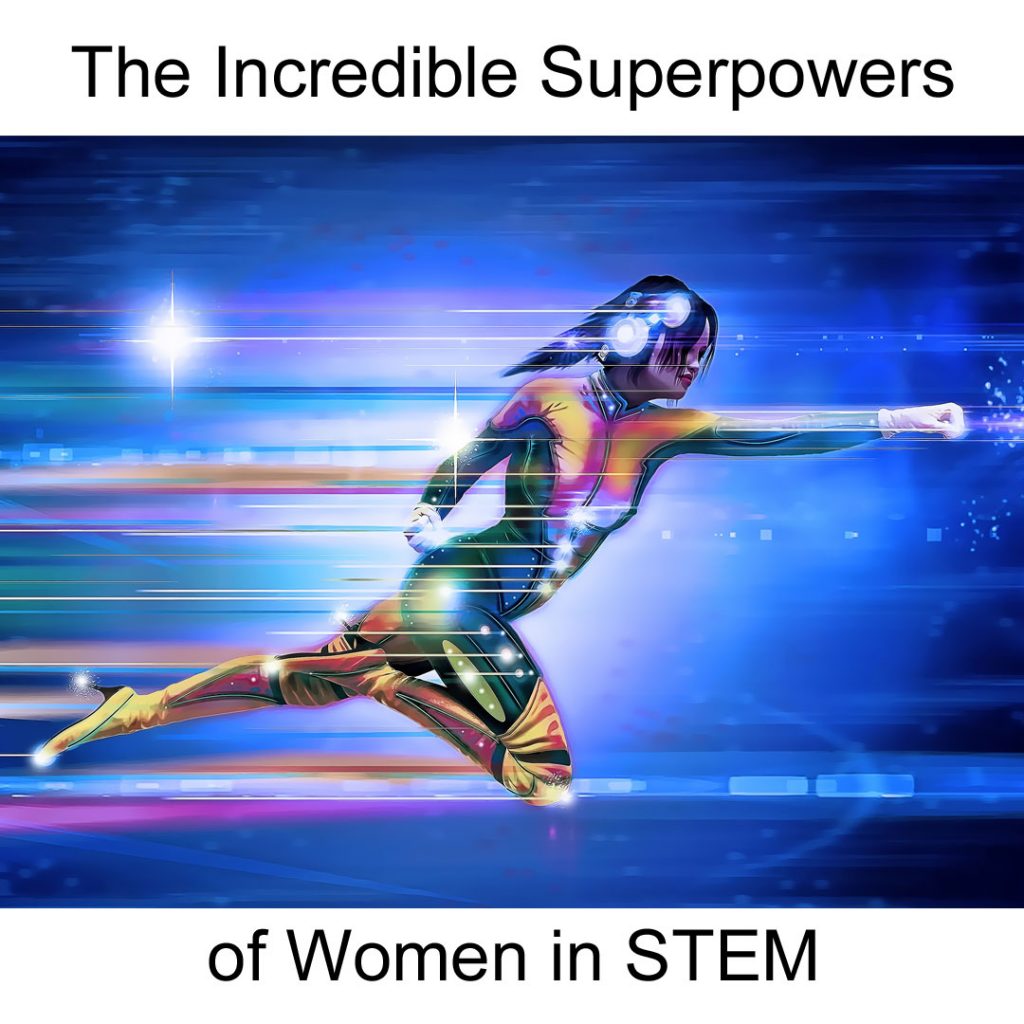What’s Your Superpower?
Have you seen the slogans and memes asking “What’s your superpower?”. You can fill in that blank with pretty much anything. Yet we still don’t see enough support for the incredible superpowers of women in STEM.
The Power of Association
We all know how easily seeing or experiencing something can spark the desire to want something. All you have to do is watch that person strolling down the sidewalk on a warm summer day licking that luscious ice cream with sprinkles in a waffle cone…. Or walk around the mall and smell the cinnamon buns baking….

Consider the power of this type of association. Cognitive neuroscience tells us that humans have an “association cortex” that processes information about our perceptions and sensory inputs. This area is 100 times larger than that of monkeys, giving us the capacity to evaluate situations and experiences in vastly more complex ways.
Aside from simple examples of desiring a food that smells or looks inviting, we use this ability to take in all kinds of information from our surroundings and make judgements based on emotions and instincts. How we are swayed by the power of suggestion is not always so easy to detect. It overrides our rational and logical thinking more often than you realize.
Women and STEM in the Media
Much has been written about how women and girls are portrayed in advertising and the resulting negative consequences which promote unrealistic body ideals and definitions of what is “beautiful”. Viewed through this lens, now imagine girls, from a young age already, seeing nothing but powerful and successful men in positions of authority presiding over scientific breakthroughs, as their family doctor or specialist, or as their math or science teacher. We see images to support these societal biases on magazine covers, in movies and in books. Where are the women?
STEM Activities at an Early Age

Research shows that girls and boys are pretty equal at an early age in their interest and enthusiasm in learning about STEM activities and topics. They like building things, looking at the parts of things to see how they work, and messing around with activities like baking soda and vinegar volcanoes or bottle rockets. The gender gap starts to increase through middle school and is quite apparent by the secondary level. Girls begin to see themselves as less capable in the sciences and math, viewing them more as boys’ domain. Girls and women today still experience societal pressure to be more feminine and must work harder to prove their worth in more male dominated arenas. These arenas include the education and career paths in STEM subjects.
4 Ways to Nurture Girls’ Interest in STEM
1. Books, Movies and Shows
Look for the STEM connection in books you are reading together and movies or shows you are watching together. If the characters in the book or movie are male, look for other examples in your own community or friends and relatives who are female and involved in those same professions.
Reinforce that it just happens this book is about a Mr. So and So, but why not read the book by replacing him with a her and have fun editing the dialogue. What characteristics does your daughter have in common with the protagonist? You can always find something. It’s important to remember the man in the story is carrying out the storyline, but the activity he is doing is not necessarily a gender specific role.
Of course, make sure you also find books and watch movies and shows about women researchers, scientists and adventurers.
2. STEM Activities Don’t Only Happen in a Lab

Everyday activities, interests or hobbies that your child may show an interest in can be used to draw the STEM parallels. Everyone can become engaged beachcombing by a lake or ocean. Pick up rocks, shells or seaweeds and watch various water animals doing their thing. Teach environmental stewardship and conservation and about not removing anything from its habitat. Carry a magnifying glass. So many diverse sciences cover the subject areas of land, air and water. Be sure to stop often and show by example that you are interested in what you see as well. Get ready to be amazed when you go home and look up pictures of sand magnified 300 times.
Before you go on that camping trip, learn about the region you will be visiting and find examples of birds and animals you may see there and play “I Spy”. Take along a sketch book and draw what you see. Art can be scientific illustration too, not just decorative.
Learning about animals can become as up close and personal as visiting a zoo or aquarium. Most have a wide range of activities for children from sleepovers to behind the scenes animal encounters. At the same time, learn about the controversial aspects of these places, like keeping animals in captivity, endangered species, research and public opinion.
3. STEM Skills are Not Gender Specific
Thinking back to the books, movies and shows example – we noted that the male character was carrying out the storyline. Study the characteristics or skills required to perform whatever it is he is doing.
Does it require searching for clues? Check. Girls can do that too.
Does it require building something? Check. Girls can do that too.
Does it require using a computer? Check. Girls can do that too.
The skills required for STEM studies and careers are things like curiosity, observation, problem solving, critical thinking, creativity and communication. None of these are the realm of solely a man or a woman. Your kids may drive you crazy asking “Why?” all the time – remember to nurture that and never let it go.
4. Women in STEM as Role Models

As a girl growing up, it may be difficult to imagine yourself in a career in any STEM field if all you see are the achievements of Einstein or Newton being taught and discussed. Not to diminish the incredible contributions they made to our understanding of the universe and Earth. But you may be surprised by the women who have contributed in equal measure to our understanding of the world.
Ada Lovelace (1815-1852) is credited as being the first computer programmer.
Marie Curie (1867-1934) discovered radioactivity and created the first mobile X-Ray machine. She also won the Nobel Peace Prize not once, but twice.
Rosalind Franklin (1920-1958) discovered the double helix structure of DNA (her male colleagues got the Nobel Peace Prize for this after her death).
Vera Rubin (1928-2016) discovered the existence of dark matter – considered one of the most significant discoveries of the 20th century. Many feel she should have gotten the Nobel Peace Prize for this.
Katherine Johnson (1918-2020) made calculations of orbital mechanics (flight trajectories) at NASA that were critical to sending the first Americans into space. Have you seen the 2016 movie “Hidden Figures”, based on her achievements?
This list is just the tip of the iceberg. And WOW, what a tip! What is striking is how some of these women are not from long, long ago. They are contemporaries. Studying and learning about the achievements of these and other women in STEM fields are critical in highlighting them as role models for our women and girls today.
Check out our STEM products to get your curious little minds engaged!



